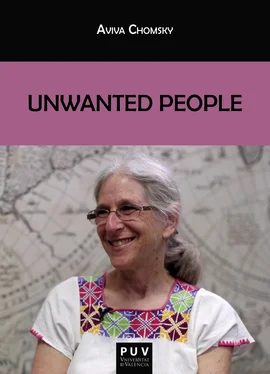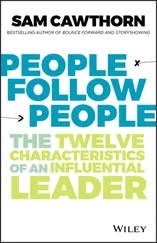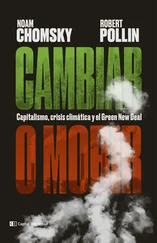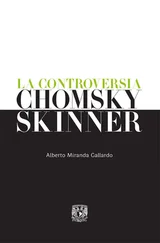UNWANTED PEOPLE
BIBLIOTECA JAVIER COY D’ESTUDIS NORD-AMERICANS
http://puv.uv.es/biblioteca-javier-coy-destudis-nord-americans.html http://bibliotecajaviercoy.com
DIRECTORAS
Carme Manuel
(Universitat de València)
Elena Ortells
(Universitat Jaume I, Castelló)
UNWANTED PEOPLE
Aviva Chomsky
Edited by Jorge Majfud
Prologue by Sarah Parker
Biblioteca Javier Coy d’estudis nord-americans
Universitat de València
Aviva Chomsky
Unwanted People
1ª edición de 2019
Reservados todos los derechos
Prohibida su reproducción total o parcial
ISBN: 978-84-9134-501-5
Fotografía de la cubierta: Jorge Majfud
Diseño de la cubierta: Celso Hernández de la Figuera
Publicacions de la Universitat de València
http://puv.uv.es
publicacions@uv.es
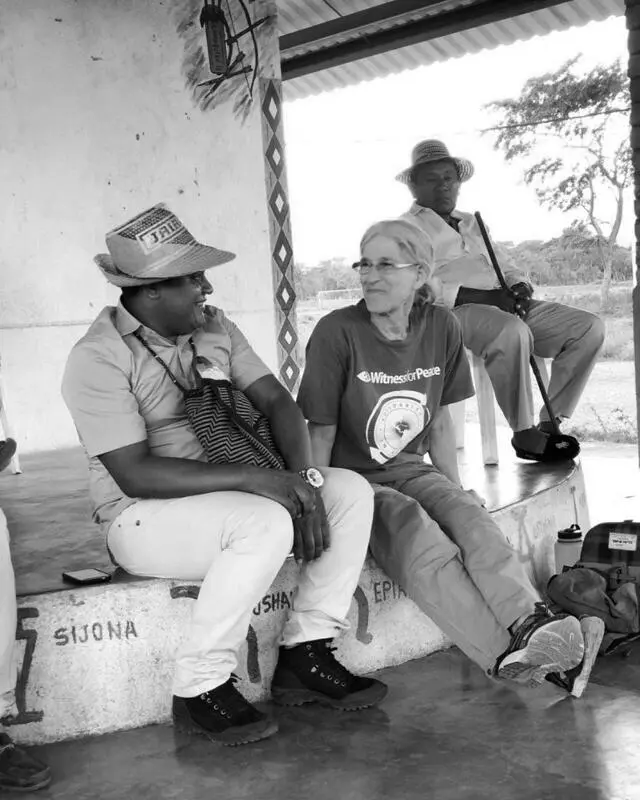
Every year since 2006 my colleague Steve Striffler and I have organized a delegation to the Colombian coal mining region of La Guajira with the help of Witness for Peace. One of the communities that we’ve been working with since the start is the indigenous community of Tamaquito. When we first met with Tamaquito community leaders, they were fighting to get the mine to recognize the destructive effects its operation had on the community, and agree to a collective relocation. The community did not want to leave its ancestral land, but the mining operation had rendered the area uninhabitable. Jairo Fuentes Epiayu, the Indigenous Governor of the community, presented us with the petition that appears as Primary Source 2 in Chapter 1 of this volume. (He’s also quoted in Chapter 16, and Tamaquito is discussed in Chapter 15.) We spent many hours discussing the petition and how we could fulfill some of what was being asked of us. After many years of local organizing in La Guajira and an international campaign to support the community, the mine finally agreed to many of Tamaquito’s demands and the village was relocated in 2013. Even after the relocation the struggle has continued to force the company to fulfill its promises to provide clean water for domestic and agricultural use to allow the new community to become sustainable. In June 2018 I interpreted for Jairo as he explained the history of his community and its struggle to our delegation, at the community center in the relocated village.
ߝAvi Chomsky, March 2019
Some chapters of this book have never been published before. Others were previously published in different magazines and media and republished here with the following authorizations:
“The Logic of Displacement: Afro-Colombians and the War in Colombia,” in Darién Davis, ed., Beyond Slavery: The Multilayered Legacy of Africans in Latin America and the Caribbean . Rowman & Littlefield Publishers, Inc., 2007.
“Salem as a Global Village: Industrialization, Deindustrialization, and Immigration in a New England City,” in Cathy Gorn, ed., U.S. History in Global Perspective . National History Day Teacher. Resource Book: Internationalizing History. Longview Foundation, 2013.
“America Runs on Undocumented Labor.” TomDispatch . February 5, 2016.
“A Central American Drama in Four Acts,” in Michele López-Stafford Levy, ed., Children from the Other America: A Crisis of Possibility . Sense Publishers, 2016.
“The Real Story Behind the ‘Invasion’ of the Children.” TomDispatch . August 24, 2014.
“Making Sense of the Deportation Debate.” TomDispatch . April 25, 2017.
The Dark History of the “Nation of Immigrants.” TomDispatch . September 13, 2016.
“Talking Sense about Immigration: Rejecting the President’s Manichean Worldview.” TomDispatch . March 18, 2018.
“How (Not) to Challenge Racist Violence.” Common Dreams . August 21, 2017.
“Why ‘Black Panther’ Is Revolutionary, Even Though It Isn’t.” Common Dreams . February 28, 2018.
“On the History of Immigration to the United States” in The Yale Politic . September 24, 2016.
INTRODUCTION
Unwanted People: Histories of Race and Displacement in the Americas , by Sarah E. Parker and Jorge Majfud
UNITED STATES
1. Industrialization, Deindustrialization, and Immigration in a New England City
2. How (Not) to Challenge Racist Violence
3. Why “Black Panther” Is Revolutionary, Even Though It Isn’t
4. Boston’s Worker Centers in the Shadow of Trump
5. Boston’s Black Working Class and the Struggle for Racial and Economic Justice
6. The DNA Industry and the Disappearing Indian
IMMIGRATION
7. The Real Story Behind the “Invasion” of the Children
8. On the History of Immigration to the United States: An Interview to Aviva Chomsky by Keera Annamaneni
9. A Central American Drama in Four Acts
10. America Runs on Undocumented Labor
11. The Dark History of the “Nation of Immigrants”
12. Making Sense of the Deportation Debate
13. Talking Sense about Immigration: Rejecting the President’s Manichaean Worldview
COLOMBIA
14. The Logic of Displacement: Afro-Colombians and the War in Colombia
15. Afro-Colombia and the Mainland Caribbean
16. Labor, Environment, and Economic Development: Visions from the Colombian Coal Mines
17. Peripheral Landscapes on the Borders of Empire, Nation-State, and Extractivism: Colombia’s Wild Northeast
BIBLIOGRAPHY
Introduction
Unwanted People:
Histories of Race and Displacement in the Americas
Sarah E. Parker and Jorge Majfud Jacksonville University, 2018
For more than a century Latin American governments have promoted a model of national development based on land privatization and privileging the interests of foreign investors rather than the rights of workers; policies that in fact promoted economic growth without development. In many cases, this kind of economic growth instead increased inequality and poverty. Democratic or dictatorial governments implemented these policies by hook or by crook, which often forced the people to choose between renouncing their rights or submitting to the brutality of power concretized in armies who served the creole oligarchy in the name of “national security” against foreign invaders. In such armies, often the most deprived individuals were the most zealous and violent guardians of the privileges of others.
This domestic and national economic policy was concretely connected to the interests of international corporations. The social structure in which creole elites of the Postcolonial era served the ruling classes mirrored the relationship between the indigenous nobility who served the Spanish crown. In the twentieth century, such power lodged itself in traditional commodities-export ruling classes and transnational foreign companies, which were often supported by direct interventions from superpower governments. Despite repeated attempts to prove otherwise, Latin American history cannot be understood without taking into account the history of U.S. interventions, from the Monroe Doctrine (1823) to the dozens of U.S. military interventions in Latin America. The latter includes the annexation of more than half of the Mexican territory in mid-19th Century, a long list of military interventions leading to the dramatic establishment of bloody puppet dictators throughout the 20th century, which left hundreds of thousands murdered, and the destruction of democracies such as Guatemala or Chile in the name of freedom and democracy. Large multinational corporations, such as the United Fruit Company in Central America, Pepsi Cola in Chile and Volkswagen in Brazil, motivated or supported many of these coups d’état . The dominant creole classes in turn supported the overthrow of legitimate governments because they stood to gain more from the export business of cheap natural resources than from the internal development of their nations.
Читать дальше
